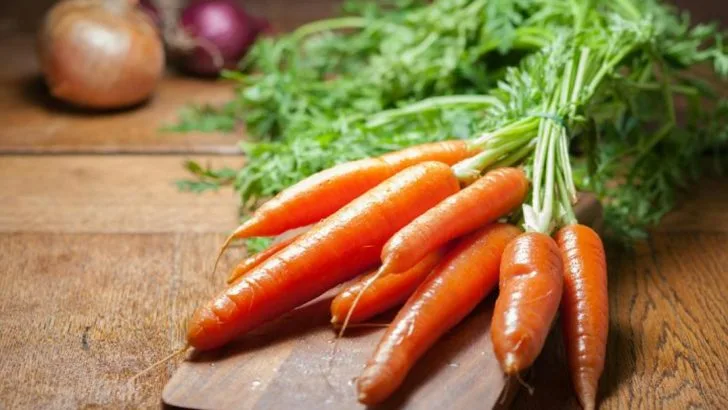Who knew the empty nest would come with so many leafy greens? The kids are grown, the house is quieter… and suddenly, the backyard feels like a blank canvas. Enter: the cold frame. Your secret weapon for fresh harvests in February. Forget waiting for spring—your salads don’t hibernate anymore. We’re talking spinach that thrives in frost. Carrots sweeter after a cold snap. Kale that doesn’t care if it’s snowing sideways. No grow lights. No massive greenhouse. Just a clever little box and a garden that keeps on giving. You’ve got the time, the space, and finally—the freedom to grow what you want. No picky eaters. No soccer practice. Just dirt, peace, and perfect lettuce. These cold frame champs are low-drama, high-reward, and delicious enough to brag about. Ready to garden like it’s always harvest season? Let’s plant something that outlasts the weather and the leftovers.
Spinach
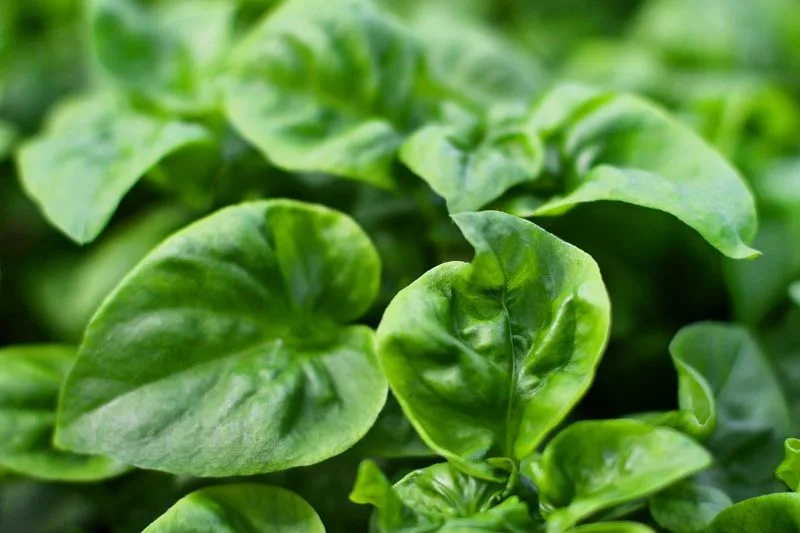
Spinach, a versatile leafy green, thrives in chilly conditions. Its robust growth makes it a favorite for cold frames. Begin with a well-prepared soil bed, ensuring it’s rich in nutrients. Spinach loves a bit of sunlight, so place your cold frame where it catches the morning rays.
Did you know? Spinach was once called the “Persian Green,” tracing back to ancient Persia. Its rich history is as fascinating as its nutritional profile. Enjoy tender leaves in salads or sauté them for a warm dish.
With such an easy-going nature, spinach is perfect for novice gardeners.
Kale
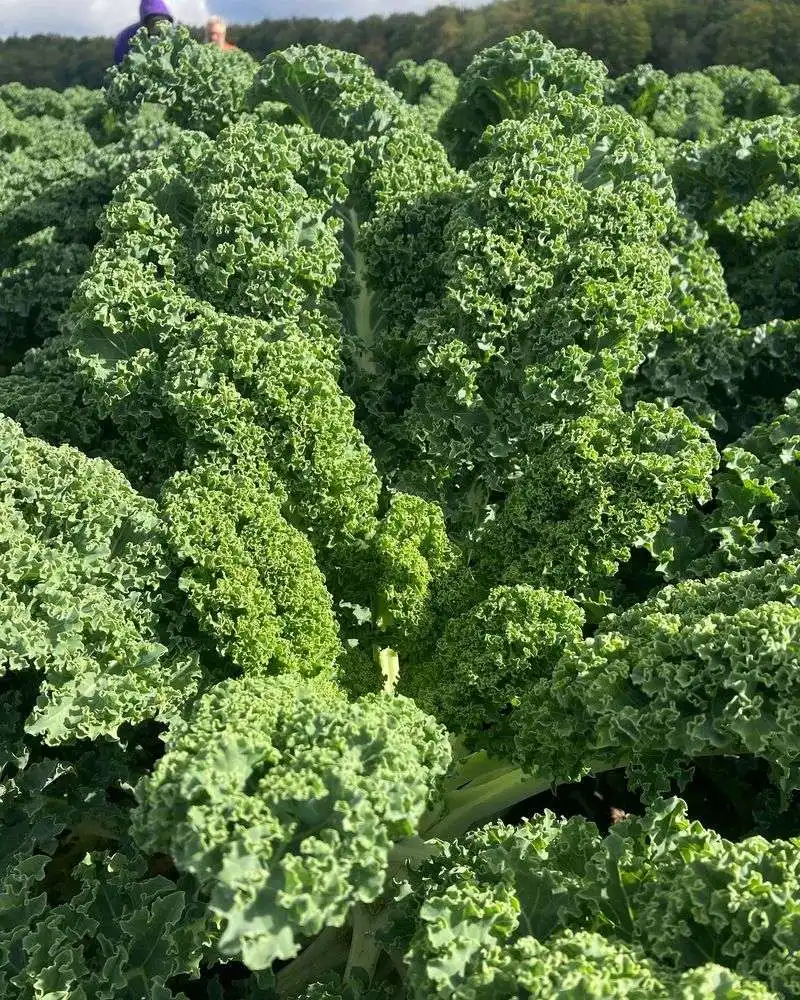
Kale’s resilience to cold makes it a superstar in winter gardens. Its curly leaves not only add texture but are packed with vitamins. Curious fact: Kale was a staple in medieval Europe, beloved for its hardy nature.
Position your cold frame to capture the afternoon sun, which kale adores. Regular watering and good drainage are key to flourishing plants.
Kale can transform from garden to table in various ways, whether in hearty soups or crisp salads. Its robust taste and vibrant color bring life to any dish, making it a must-have.
Carrots
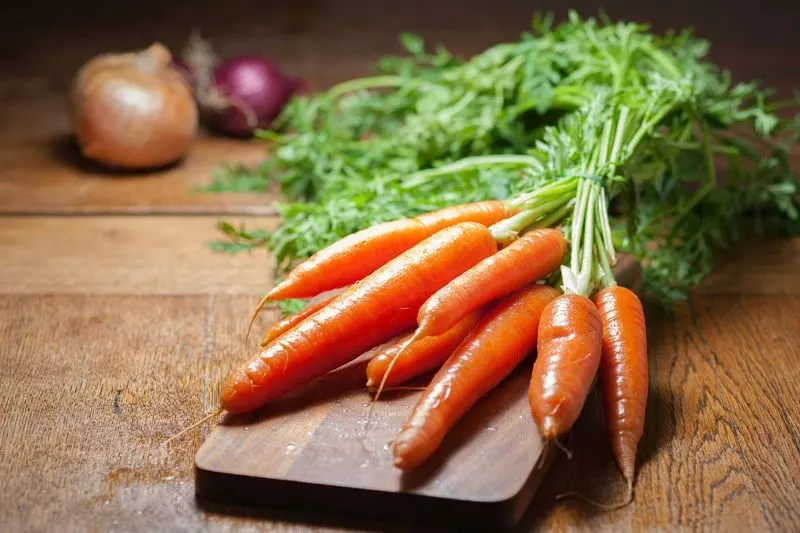
Carrots, with their sweet flavor, are a delightful surprise in cold frames. They require loose, sandy soil for optimal growth. Fun fact: Carrots were originally purple! It’s their adaptability that has made them a global favorite.
Ensure your cold frame is deep enough to accommodate their growth. Cool temperatures enhance their sweetness, offering a treat for cold months.
Carrots are versatile, enjoyed raw, roasted, or in stews. Their vibrant hue and crispy texture enliven any meal. This root vegetable is a staple, providing both taste and nutrition throughout the year.
Lettuce
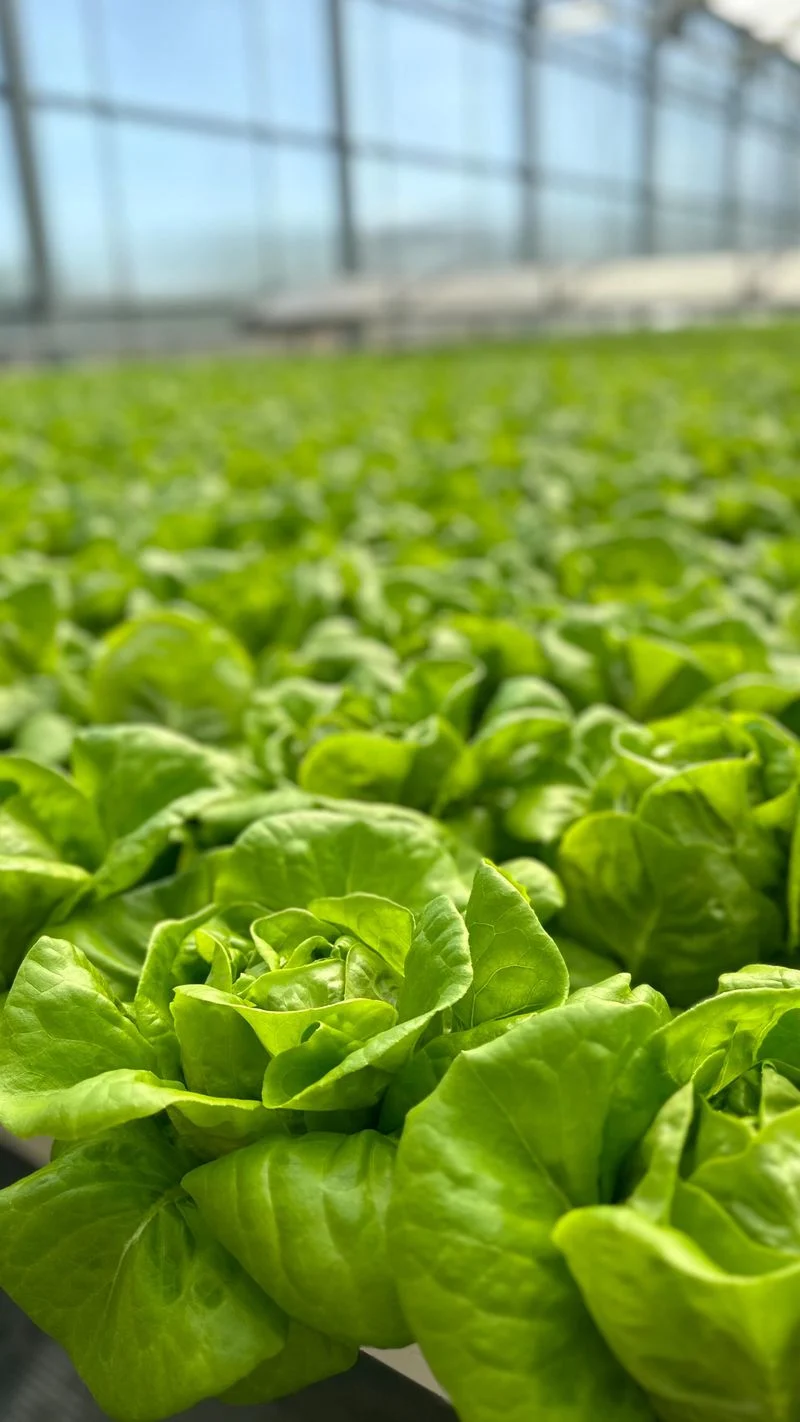
Lettuce varieties, from crisp romaine to tender butterhead, flourish in cold frames. Their quick growth cycle keeps gardeners engaged and salads fresh. An interesting tidbit: Lettuce was served to kings in ancient Egypt.
Position your cold frame to catch the early sun, aiding growth. Ample space allows different varieties to thrive together.
Whether in salads or as a garnish, lettuce offers versatility. Its crisp texture and refreshing taste complement many dishes. With such ease of cultivation, lettuce is a rewarding choice for year-round gardeners.
Beets
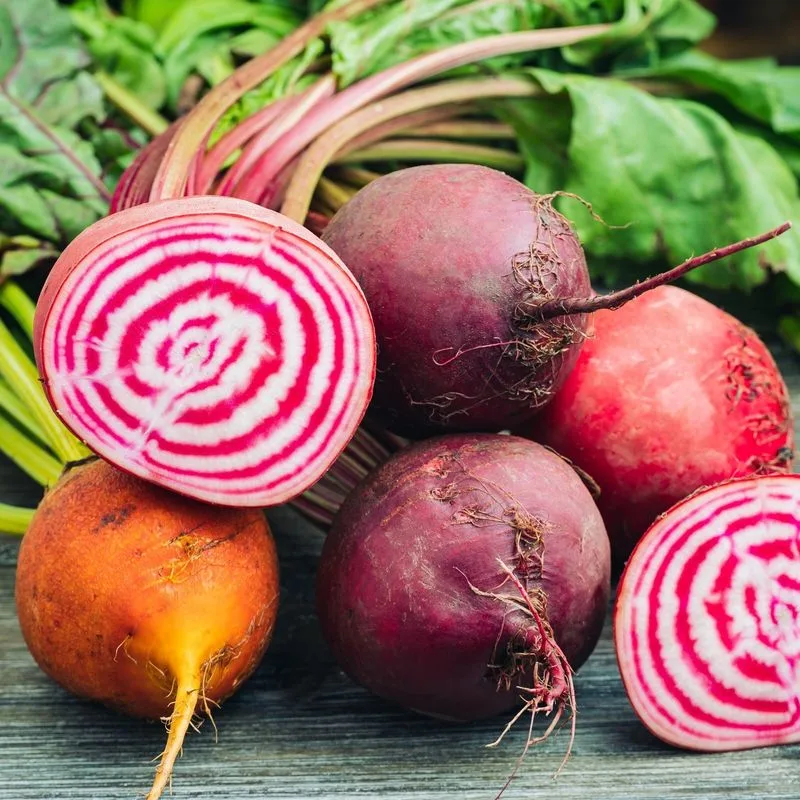
Beets, with their deep red roots and nutrient-rich greens, are ideal for cold frames. They thrive in well-drained soil. Did you know? Beets were used for medicinal purposes in ancient Rome.
A cold frame helps maintain the right temperature, essential for beet growth. Consistent watering ensures juicy roots and tender greens.
From salads to roasted dishes, beets add a sweet, earthy flavor. Their vibrant color and health benefits make them a gardener’s favorite. Embrace the taste and history of beets as part of your cold season crop.
Swiss Chard
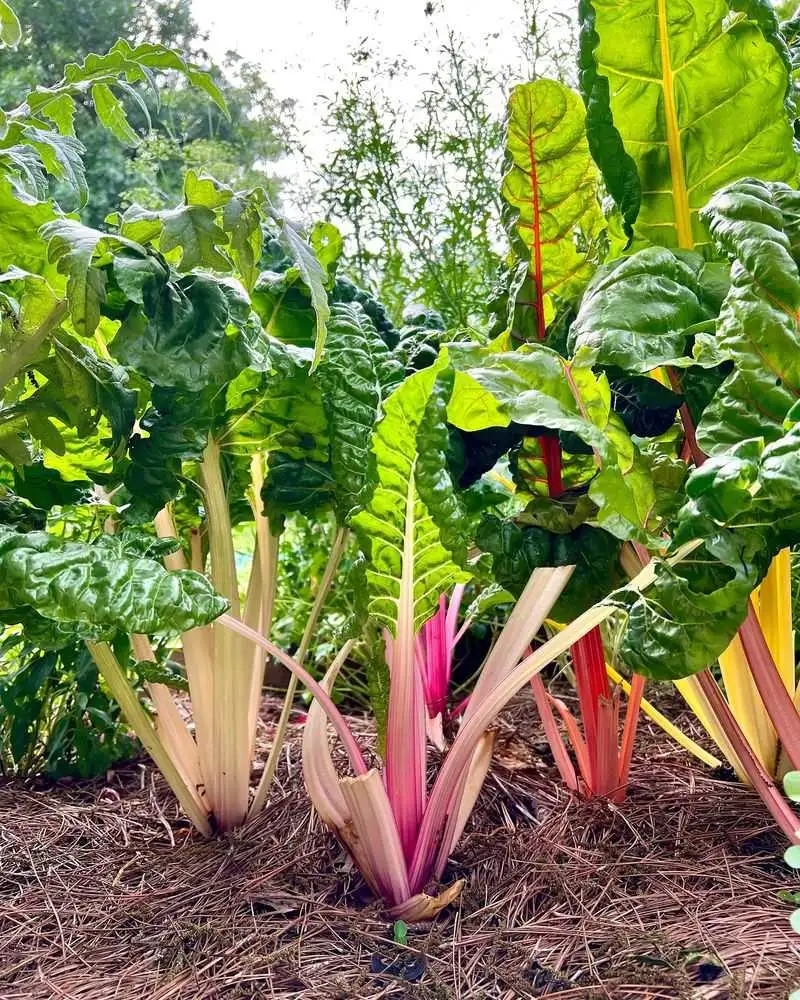
Swiss chard boasts colorful stems and hearty leaves, thriving in cool conditions. An eye-catching garden addition, it’s also packed with nutrients. Originating from the Mediterranean, Swiss chard has been cultivated for centuries.
Place your cold frame to receive morning sunlight, supporting growth. Regular harvesting encourages new leaves, ensuring continuous supply.
Swiss chard’s versatility shines in soups, stir-fries, and salads. Its slightly bitter taste adds depth to various dishes, while the colorful stems bring visual appeal. This vegetable enriches both garden aesthetics and culinary delights.
Radishes
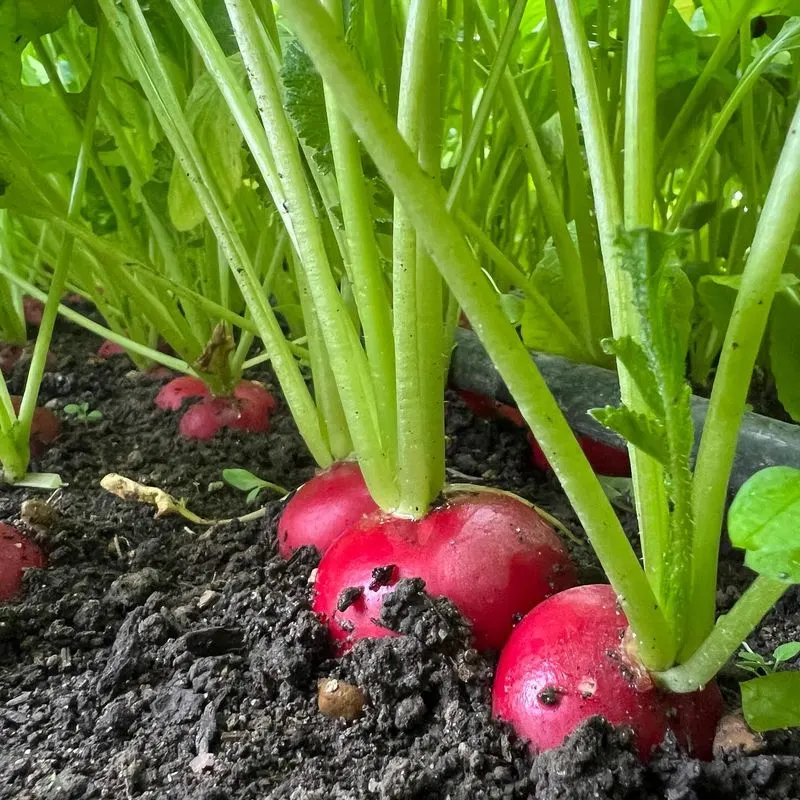
Radishes, with their peppery crunch, are a delightful addition to cold frames. They grow quickly, making them perfect for gardeners seeking quick results. Historically, radishes were among the first cultivated crops.
Ensure your cold frame provides enough sunlight and moisture, crucial for their development. Their small size allows for dense planting.
Enjoy radishes fresh in salads or as a spicy snack. Their bright red hue and crisp texture add zing to meals. Radishes offer a rewarding gardening experience, combining speed, flavor, and nutrition. Perfect for those eager to harvest.

